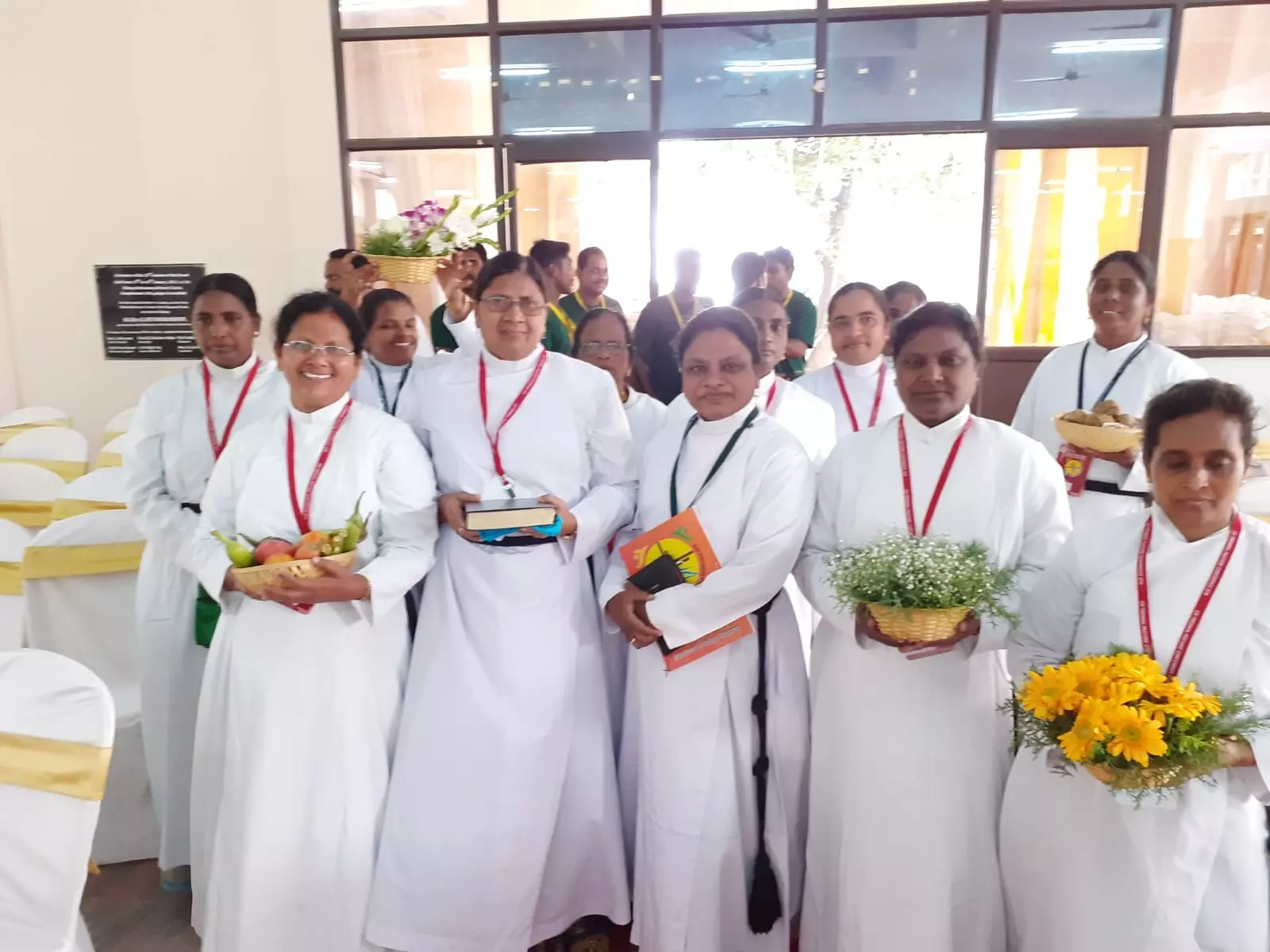Hyderabad: The Telangana high court has set an impressive benchmark by achieving a 100% case clearance rate, despite operating with one of the lowest judge-to-population ratios in the country, according to the India Justice Report-2025 released on Tuesday.
This feat stems from its strategic and determined shift towards digitisation, transitioning court operations from traditional physical hearings to an efficient virtual model, experts say.
The journey was not without challenges. Initially met with scepticism by a section of the legal fraternity, the concept of virtual courts gradually gained acceptance. Once lawyers realised the potential and practicality of online proceedings, they began to adapt and embrace the change. This digital transformation was further supported by a strong administrative push to improve case disposal rates.
To ensure that the daily disposal of cases outpaced the number of new filings, the high court developed a tracking system to monitor both case registrations and disposals in real time. An unwritten but rigorously followed practice evolved: Judges, both at the high court and district level, were expected to dispose of more cases than those filed each day—driving unprecedented efficiency in the judicial process.
A significant catalyst in this transformation was the Covid-19 pandemic and the leadership of then Chief Justice Raghvendra Singh Chauhan. Seizing the opportunity, Justice Chauhan swiftly transitioned court functioning to a digital and paperless model, where petitions and counters were filed, heard, and adjudicated entirely online starting in 2020. He made it a mission to tackle long-pending cases, especially criminal appeals over 15 years old, even chairing special benches himself to expedite hearings. Today, no criminal appeal older than three years is pending in the Telangana high court—a direct result of his focused efforts, a legal expert points out.
During the height of the pandemic, Justice Chauhan launched 13 fully equipped mobile van courts to serve remote and tribal areas, ensuring justice was accessible even in the most inaccessible regions. In an extraordinary show of dedication, judges and court staff voluntarily gave up their summer vacations to keep the judicial machinery running seamlessly during the crisis.
Successive chief justices continued to build on this strong foundation, further reinforcing the high court’s commitment to timely justice. Registrar general S Govardhan Reddy highlighted the ongoing focus on clearing legacy cases. “We are giving top priority to cases that are 30 or 20 years old. Many of them may have become infructuous, but those that are still relevant are being posted for hearing, and the rest are being closed,” he said.
On average, the court disposes of 400 such old cases every month.
This feat stems from its strategic and determined shift towards digitisation, transitioning court operations from traditional physical hearings to an efficient virtual model, experts say.
The journey was not without challenges. Initially met with scepticism by a section of the legal fraternity, the concept of virtual courts gradually gained acceptance. Once lawyers realised the potential and practicality of online proceedings, they began to adapt and embrace the change. This digital transformation was further supported by a strong administrative push to improve case disposal rates.
To ensure that the daily disposal of cases outpaced the number of new filings, the high court developed a tracking system to monitor both case registrations and disposals in real time. An unwritten but rigorously followed practice evolved: Judges, both at the high court and district level, were expected to dispose of more cases than those filed each day—driving unprecedented efficiency in the judicial process.
A significant catalyst in this transformation was the Covid-19 pandemic and the leadership of then Chief Justice Raghvendra Singh Chauhan. Seizing the opportunity, Justice Chauhan swiftly transitioned court functioning to a digital and paperless model, where petitions and counters were filed, heard, and adjudicated entirely online starting in 2020. He made it a mission to tackle long-pending cases, especially criminal appeals over 15 years old, even chairing special benches himself to expedite hearings. Today, no criminal appeal older than three years is pending in the Telangana high court—a direct result of his focused efforts, a legal expert points out.
During the height of the pandemic, Justice Chauhan launched 13 fully equipped mobile van courts to serve remote and tribal areas, ensuring justice was accessible even in the most inaccessible regions. In an extraordinary show of dedication, judges and court staff voluntarily gave up their summer vacations to keep the judicial machinery running seamlessly during the crisis.
Successive chief justices continued to build on this strong foundation, further reinforcing the high court’s commitment to timely justice. Registrar general S Govardhan Reddy highlighted the ongoing focus on clearing legacy cases. “We are giving top priority to cases that are 30 or 20 years old. Many of them may have become infructuous, but those that are still relevant are being posted for hearing, and the rest are being closed,” he said.
On average, the court disposes of 400 such old cases every month.







